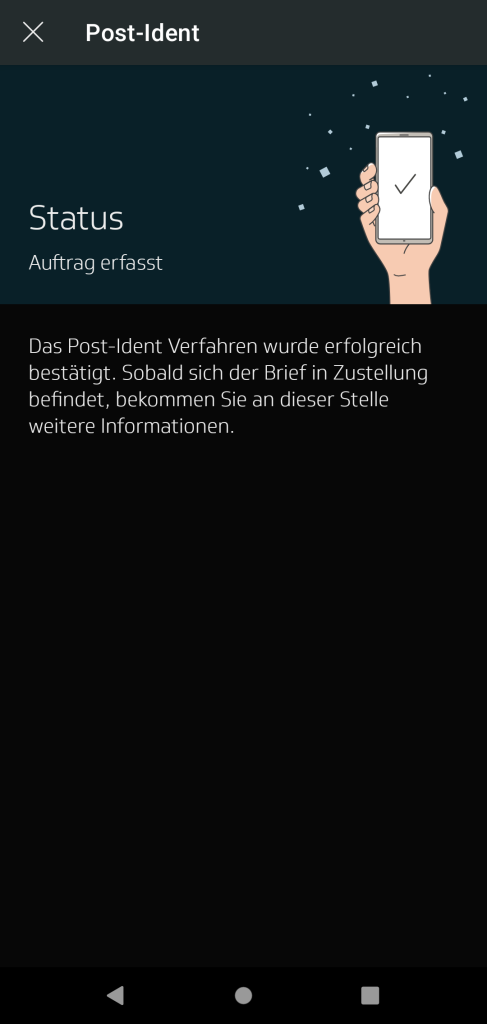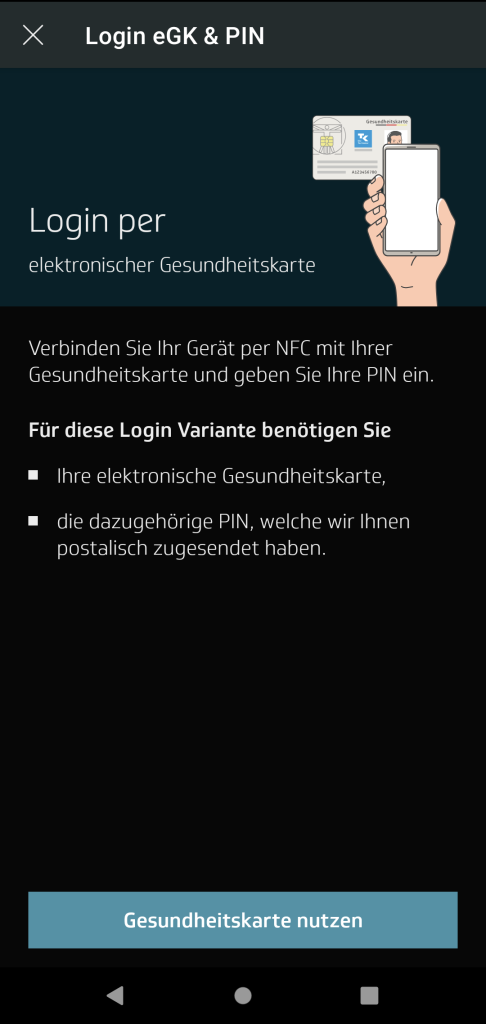Choose a team name
Die Vergessenen
Dive into the material provided on the „ePA“ and „DiGA“ and summarize your insights with a short description (about 150 words)
The ePA is an electronic patient record designed to provide patients with German health insurance with a secure and easily accessible storage system for their health-related data. With the ePA, patients can give healthcare professionals access to important information such as their medical history and medication plan. The sovereignty over the ePA lies with the user. They decide which third parties may access the ePA and the documents it contains. Patients can also share their ePA with their healthcare providers, which can improve communication and collaboration between doctors, hospitals, and other healthcare providers. The ePA also provides a list of all the DiGAs the patient has access to.
DiGAs, on the other hand, are digital health apps that patients can use to manage their health, such as recording symptoms in a diary (such as endometriosis symptoms in the Endo app). These apps are designed to empower patients to understand health contexts and gain health knowledge, take control of their health, and improve their quality of life. They are intended to supplement traditional medical treatment.
Please answer the following questions (first part of the Five Ws)
What is the challenge you would like to tackle? For example, the registration process is challenging, the privacy policy is not well explained, and the utility of the app is not transparent.
The difficulty of the registration process depends greatly on the health insurance company. Some health insurance companies only require a code for registration, which is provided by the health insurance app. For other health insurance companies, registration takes a few days through the Post-Ident process and the PIN letter, which is then delivered by post. Despite the major differences, registration is straightforward overall.



Once in the ePA the user always has the option to manage the patient record, such as look up who has access to the users data, withdrawal of consent or even to cancel the patient record.
Data protection issues may be more exciting. For example, TK’s privacy policy is very long. Copying the entire text results in a 27-page document. Probably few patients will read through it, certainly not on a smartphone. One possible focus of the project could be to explain the privacy policy in a more understandable and user-friendly way.
Security issues could also be of interest. Health-related data are highly sensitive and could be misused for malicious purposes if they fall into the wrong hands. One could investigate possible security vulnerabilities.
One could also compare the utility of the apps of the different health insurance companies in order to give users recommendations as well as health insurance companies suggestions for improvement. In addition to that, we might also take a look at the usability, like how UI and UX come together.
Or one could tackle the problem of increasing adoption and awareness of digital health tools. Since more and more healthcare services move online this is an urgent problem that needs to be tackled.
Why do you expect your engagement to be useful? Why is that an interesting problem?
Data protection and security of health data are an urgent issue. It is essential to ensure that patients‘ rights are protected. The user-friendliness of these apps should be optimized to encourage their adoption.
Who are your intended stakeholders? And who might be the indirect stakeholders? For example, elderlies, parents, people with a certain illness, etc.
The intended stakeholders are patients and healthcare professionals, as they are the main users of these technologies. Another stakeholder would be the healthcare organization as they need to be aware of the problems, so that they can tackle them to make everything more mainstream.
Indirect stakeholders may include insurers, researchers, and policymakers who can use the data generated by ePAs and DiGas to make decisions regarding health policies like determining where research funds might go.
Reflexion
Wer hat welchen Beitrag geleistet?
Jeder hat seine eigene ePA in Betrieb genommen und erkundet. Das Assignment haben wir gemeinsam gemacht.
Was habt ihr gelernt?
Nur zu sagen “Wir wollen uns mit der ePA beschäftigen” schränkt das Gebiet nicht sonderlich ein. Die Apps der einzelnen Krankenkassen unterscheiden sich nicht nur in der Registrierung, sondern auch im Aufbau selbst.
Dazu kommen Fragen zur Privatsphäre, wenn schon Daten in der eigenen ePA vorliegen. Den Umgang damit müssen wir noch klären, da wir Screenshots verwenden wollen.
Was lief gut?
Die W-Fragen zu beantworten hat gut funktioniert, da diese aktuell sehr ausschweifend beantwortet werden können. Das Setup unserer Apps gelang ohne große Probleme, wenn man von den Wartungsarbeiten der Krankenkassen an den ersten Tagen absieht.
Was möchtet ihr verbessern?
Bisher haben wir uns noch auf kein genaues Thema festgelegt; bloß die ePA als Gebiet steht fest. Für den nächsten Blogbeitrag möchten wir uns näher mit dem dann gewählten Thema befassen.
Wenn wir uns mit einer bestimmten Krankenkasse beschäftigen wollen, müssen wir uns für eine entscheiden. Bestenfalls nutzt diese jemand aus dem Team.
Guter Start. Es wird klar, wohin es grundsätzlich gehen soll und ich gebe Ihnen recht, dass die Ausforderungen bezüglich Privacy und Security wichtig sind. 27 Seiten… oh ha, vielleicht sollte das dann doch mal Ansatz für nächstes Semester sein 😉